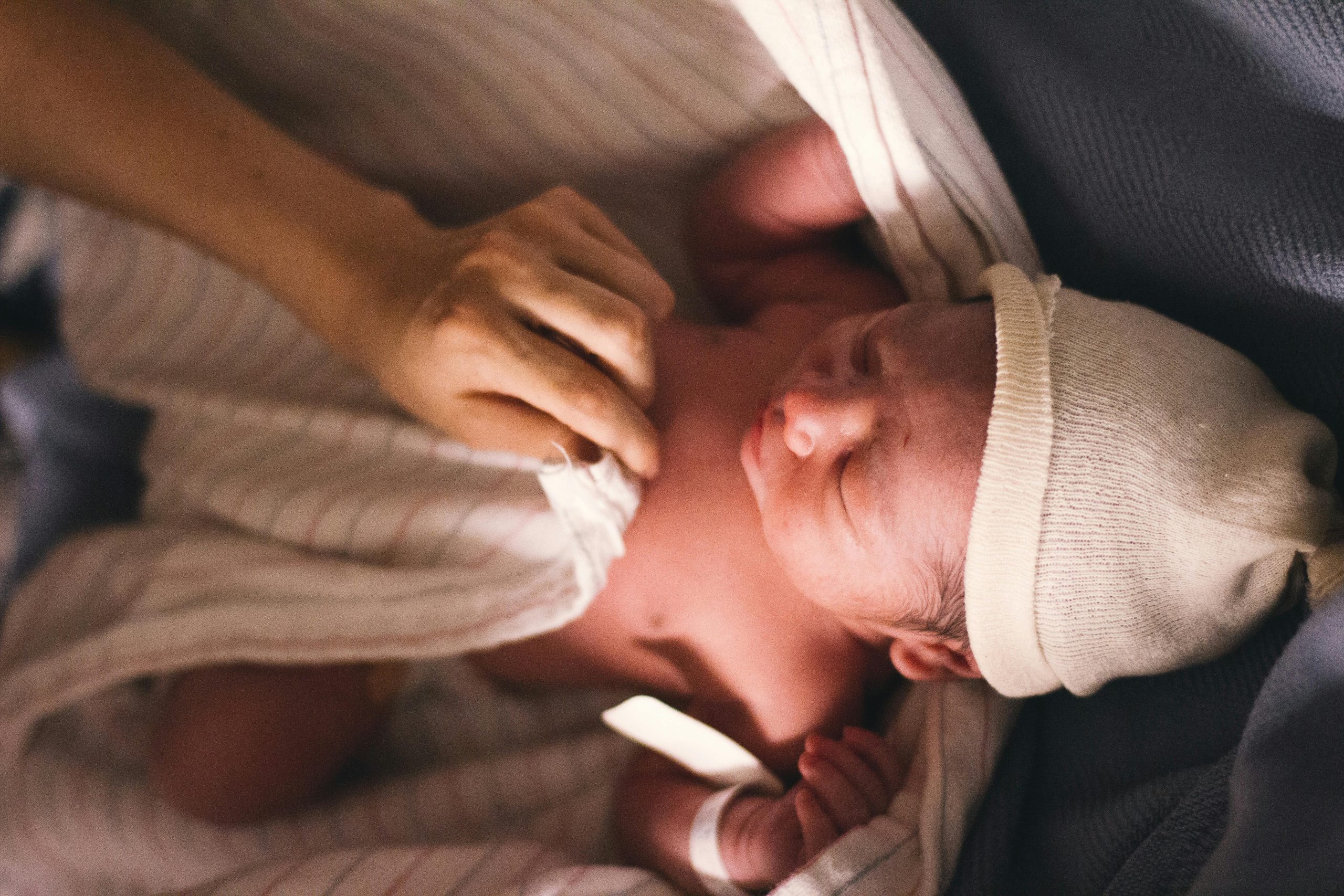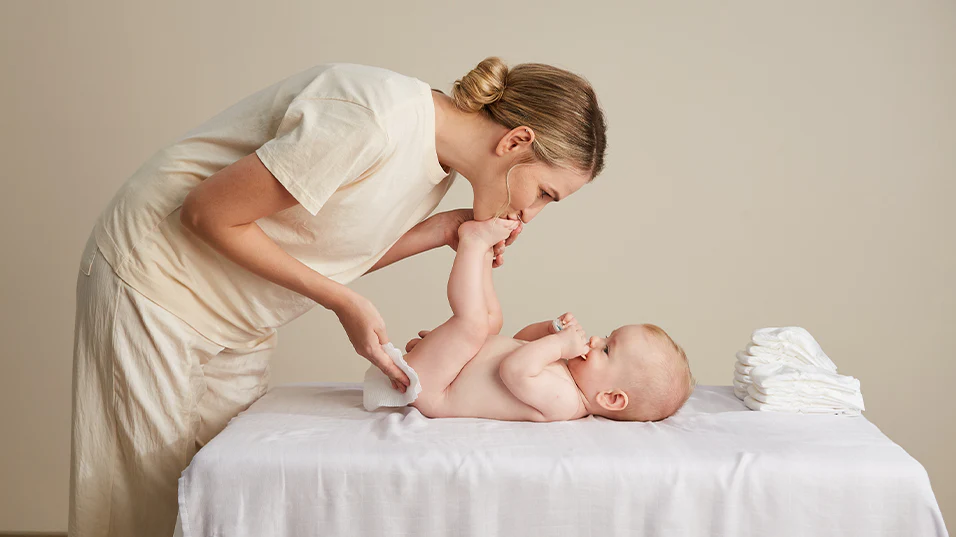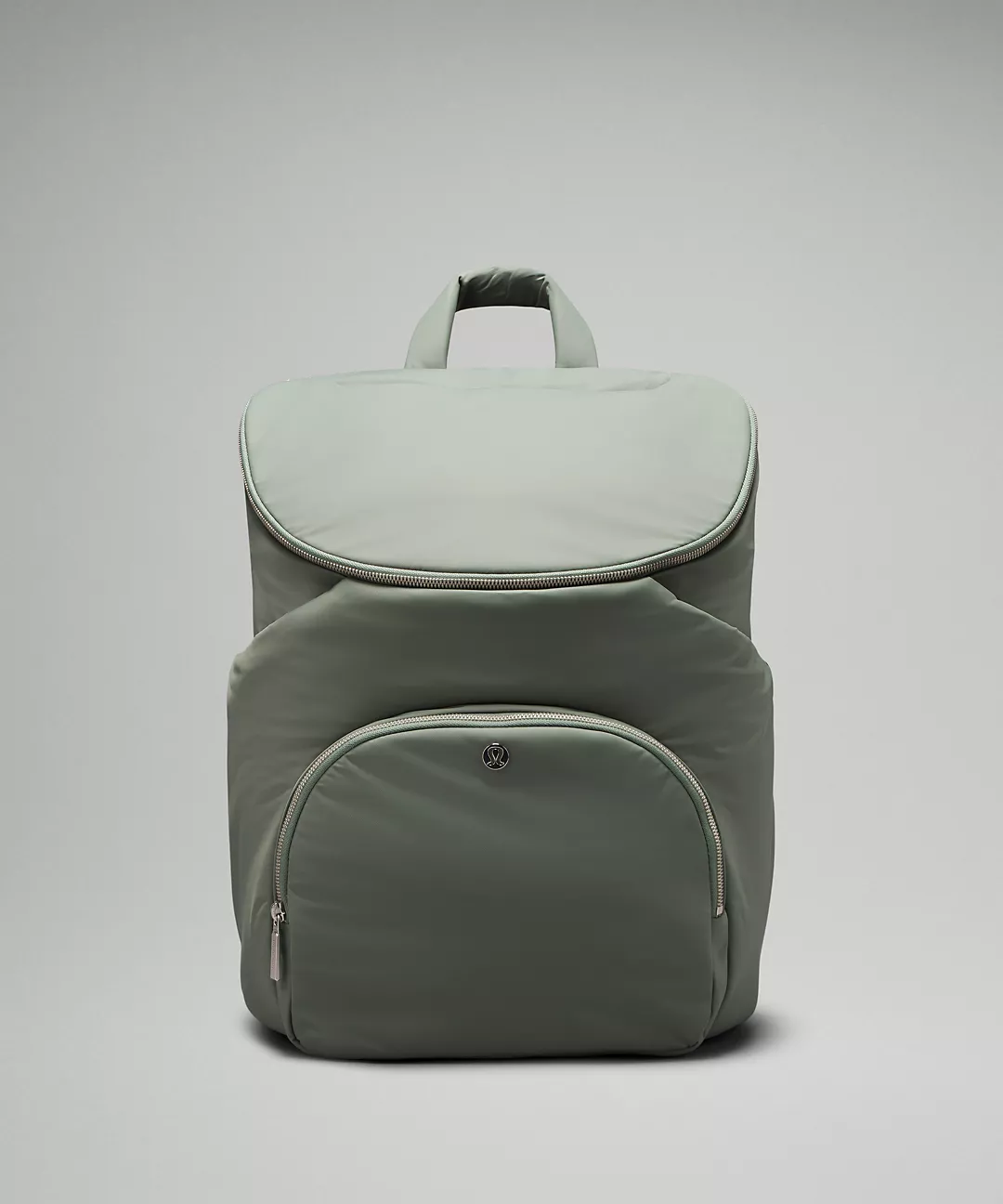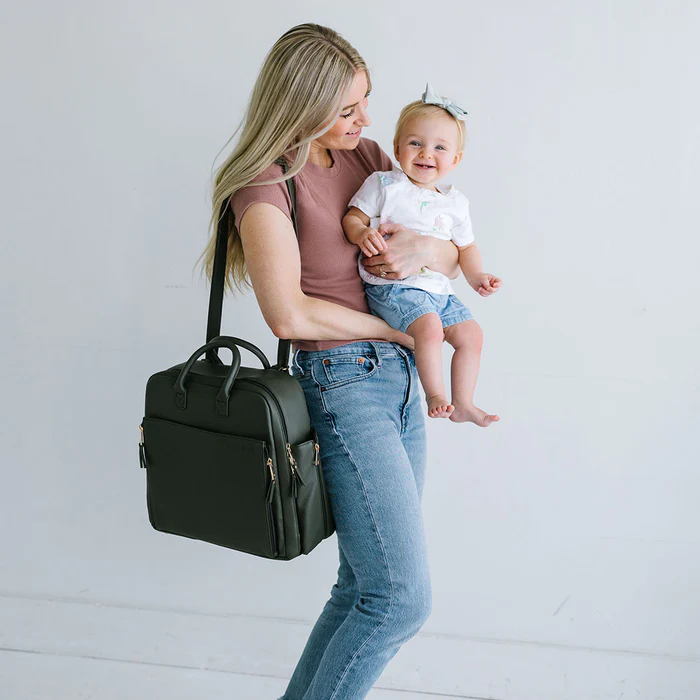Concise Guide On How Often To Change Baby’s Diaper
Diaper changing is a fundamental aspect of infant care that requires a watchful eye and timely action. The frequency at which you should change your baby’s diaper varies significantly depending on several factors, including the baby’s age, feeding schedule, digestion, and individual needs. This detailed explanation will delve into the nuances of how often to change diapers, emphasizing the importance of regularity and vigilance.
Newborns (0-3 months):
- Every 2-3 hours during the day and once at night (more if needed).
- Monitor wetness frequently, especially after feedings. Change when diapers feel heavy or wet.
- Change immediately after poop to prevent irritation.
Infants (4-12 months):
- Every 3-4 hours during the day, adjusting based on activity and wetness cues.
- Pay attention to changes in stool frequency and consistency when introducing solids.
- Diaper changes may become need-based if starting potty training.
Toddlers (1-3 years):
- Less frequent changes as potty training progresses, adjusting accordingly.
- Offer potty breaks regularly and change diapers upon waking, before bed, and after accidents.
- Opt for overnight diapers or adjust based on morning wetness needs.
While general recommendations provide a foundation, truly optimizing your baby’s diapering experience requires diving deeper into individual needs. Let’s explore key factors that influence a personalized diapering routine:
Frequency:
- Individual Wetting Patterns: Track your baby’s wet diapers. If they consistently feel heavy within a short period, despite the general guidelines, consider more frequent changes. Conversely, if diapers remain mostly dry for longer stretches, you might extend the interval.
- Unique Bowel Rhythms: Pay attention to stool frequency and consistency. Loose stools or diarrhea warrant immediate changes, while infrequent, formed stools might allow for longer intervals. Adapt based on your baby’s typical patterns and any changes you observe.
- Developmental Spikes: Growth spurts and new milestones can temporarily impact bladder and bowel control. Be prepared for temporary adjustments in diaper frequency as your baby experiences these exciting phases.
Type of Diaper:
- Matching Absorption Capacity: Disposable diapers come in various absorbency levels. Opt for diapers that match your baby’s output. For example, overnight diapers offer higher absorbency for longer wear, while daytime diapers might suffice for frequent urination.
- Material Preferences: Consider your baby’s skin sensitivity and environmental preferences. Cloth diapers require more frequent changes but offer a more eco-friendly option. Experiment with different materials to find one that suits your baby’s comfort and your sustainability goals.
Skin Sensitivity:
- Proactive Protection: Frequent changes and gentle wipes help prevent diaper rash, especially for sensitive skin. Consider hypoallergenic wipes and barrier creams to protect delicate skin.
- Monitor Redness and Irritation: If you notice redness or irritation, even with frequent changes, you might need to switch to a different diaper brand, material, or wipes. Consult your pediatrician if the rash persists.
Baby’s Non-Verbal Cues:
- Beyond Fussiness: While fussiness is a common sign, observe other non-verbal cues like leg crossing, arching their back, or changes in their usual playfulness. These can indicate discomfort from a wet or dirty diaper.
- Sleep Disruptions: If your baby wakes up frequently at night, check for a wet diaper before assuming hunger or another issue. Early intervention can prevent further sleep disruptions.
- Contentment as a Guide: A happy and content baby is usually a good indicator that their diaper needs are met. Use their overall demeanor as a gauge alongside other cues.
Additional Tips:
- Track Diaper Changes: Keep a log of diaper changes, wetness levels, and stool consistency for a week or two. This can help you identify patterns, adjust your approach, and communicate effectively with your pediatrician if needed.
- Consult Your Pediatrician: If you have any concerns about your baby’s diapering needs, stool consistency, or potential skin irritation, seek their advice. Their expertise can provide personalized guidance tailored to your unique situation.
Remember, there’s no one-size-fits-all solution. Embrace a flexible approach, trust your instincts, and observe your baby’s individual needs to create a diapering routine that keeps them comfortable, happy, and thriving.





